Reasoning Pathways:
A to Z Challenge: AI in Genealogy
AI-Guided Research Strategies for Complex Family Mysteries
Every genealogist has encountered those seemingly impenetrable family mysteries—the ancestor who vanishes from records, conflicting evidence about parentage, or migration patterns that defy explanation. These complex puzzles require sophisticated reasoning, methodical analysis, and creative problem-solving. The latest advancements in AI, particularly the new reasoning models in ChatGPT and Claude, are transforming how genealogists approach these challenging research problems.
Goodall Case Study
Today, I have been testing Claude’s reasoning model called ‘Extended Thinking’ to unravel an ancestral mystery for my Goodall Family research. I have threaded my process, prompts, and responses within this post to illustrate the difference it makes when using a reasoning model. Below is my opening prompt; I uploaded the census records and marriage records, and requested the ‘extended thinking’ option.
Its comprehensive response began like this:
The Evolution of AI Reasoning
Traditional AI systems excelled at retrieving information but struggled with the nuanced analysis that genealogical research demands. The newest AI reasoning models represent a significant leap forward in capability. ChatGPT's and Claude's reasoning models don't just access information—they think through problems systematically, evaluate evidence, and generate research strategies with remarkable sophistication.
These models employ several reasoning approaches that align perfectly with genealogical methodology:
Chain-of-thought reasoning: Breaking complex problems into logical steps, similar to how professional genealogists approach brick walls
Counterfactual analysis: Exploring alternative explanations for conflicting evidence
Probabilistic reasoning: Evaluating the likelihood of different scenarios based on available evidence
Analogical reasoning: Applying successful research strategies from similar cases to your unique family mystery
Goodall Case Study: continued …
After reading the first response from Claude, I focussed on a particular ‘chain of thought’ that might prove useful.
First, I returned to my copy of the Broadmoor Asylum Admission record to double-check the dates of admission and death.
Focussing on the Date of Discharge or Death column, I deciphered that Richard died on 2 Sep 1913. Now I had a span of years for his time in Broadmoor, and added another prompt for Claude to reason with.
The response from Claude included this tabular display:
Practical Applications for Complex Genealogical Problems
1. Evidence Evaluation and Conflict Resolution
When faced with contradictory records, like different birth dates across census records or conflicting marriage information, reasoning models can:
Systematically evaluate the reliability of each source
Consider contextual factors that might explain discrepancies
Suggest the most probable explanation based on a comprehensive analysis
Recommend specific records that might resolve the conflict
2. Methodical Research Planning
For challenging research questions, AI reasoning models excel at developing structured pathways:
Creating decision trees that anticipate different research outcomes
Designing research plans that prioritize sources based on potential information yield
Adapting strategies as new evidence emerges
Identifying indirect evidence paths when direct evidence is unavailable
3. Locality and Migration Analysis
When tracking elusive ancestors across locations, reasoning models can:
Analyze historical migration patterns relevant to your family's period
Integrate geographic, economic, and social factors that influenced movement
Connect seemingly unrelated location clues into coherent migration narratives
Suggest record collections in unexpected locations based on historical context
Goodall Case Study continued …
Continuing my research for evidence of Richard Edward Goodall, I used a few of these suggested tasks.
The next thing to do was to investigate Newspaper reports for the time period of 1901-1913 for Richard Edward Goodall. One new article from the Evening Standard, · Friday, September 05, 1913, was revealed. A breakthrough and a final epitaph for Richard.
Richard’s suicide marked a sad and tragic ending to his life and this story. I noted that because Richard was in a ‘privilege block’, he was not searched. Therefore, he was able to bring that ‘sharp steel’ into his room to cut his own throat. I noted that there had been a previous suicide attempt nine years prior. And remembering back to the Regent Canal Tragedy, he had reportedly attempted to drown himself after killing his three children. So that makes this the third suicide attempt, successful. I was keen to see what ‘reasoning’ Claude might do with this new research.
Claude’s response to this prompt enables me to locate the website for the Royal Berkshire Archive, where Broadmoor documentation is archived. I was able to contact them about access to ‘patient records’ that are now over 100 years old. Whilst there, I found a podcast called ‘Broadmoor Revealed’ - a most interesting talk by Mark Stevens, the author of the book of the same name. This website provided the full transcript. To get a summary of that, I used Descript. First, download the MP3 file of the podcast and upload it to Descript, then request a Summary. See below.
How to Leverage Advanced Reasoning Models
To make the most of these powerful AI capabilities:
Frame questions with context: Provide the AI with your existing evidence and research attempts before asking for assistance.
Request explicit reasoning: Ask the AI to "think step by step" or "develop a reasoning pathway" for your specific research problem.
Engage iteratively: Share new findings with the AI to refine its reasoning and receive updated guidance.
Challenge assumptions: Ask the AI to consider alternative hypotheses or explain the confidence level of its suggestions.
Goodall Case Study continued …
Claude’s comprehensive response provided these insights and further research directions:
This was a productive process for me today that took just an hour or two, with a raft of comprehensive responses.
AI-Assisted Genealogical Reasoning
While these reasoning models offer powerful assistance, they function best as collaborative partners rather than replacements for human judgment. The most effective approach combines AI's systematic reasoning capabilities with the genealogist's contextual knowledge, intuition, and personal connection to family history.
By embracing these advanced reasoning pathways, even the most complex family mysteries become more approachable, opening new possibilities for discoveries that might otherwise remain hidden in the shadows of history.
Ready to elevate your genealogy research with AI? Come and learn how to become an AI-skilled ancestral storyteller in the course, "Beyond the Pen: Using AI to Transform Ancestral Storytelling." Discover practical techniques and ethical approaches to incorporating AI into your family history work. Join us at Beyond the Pen and transform how you preserve your family's legacy!



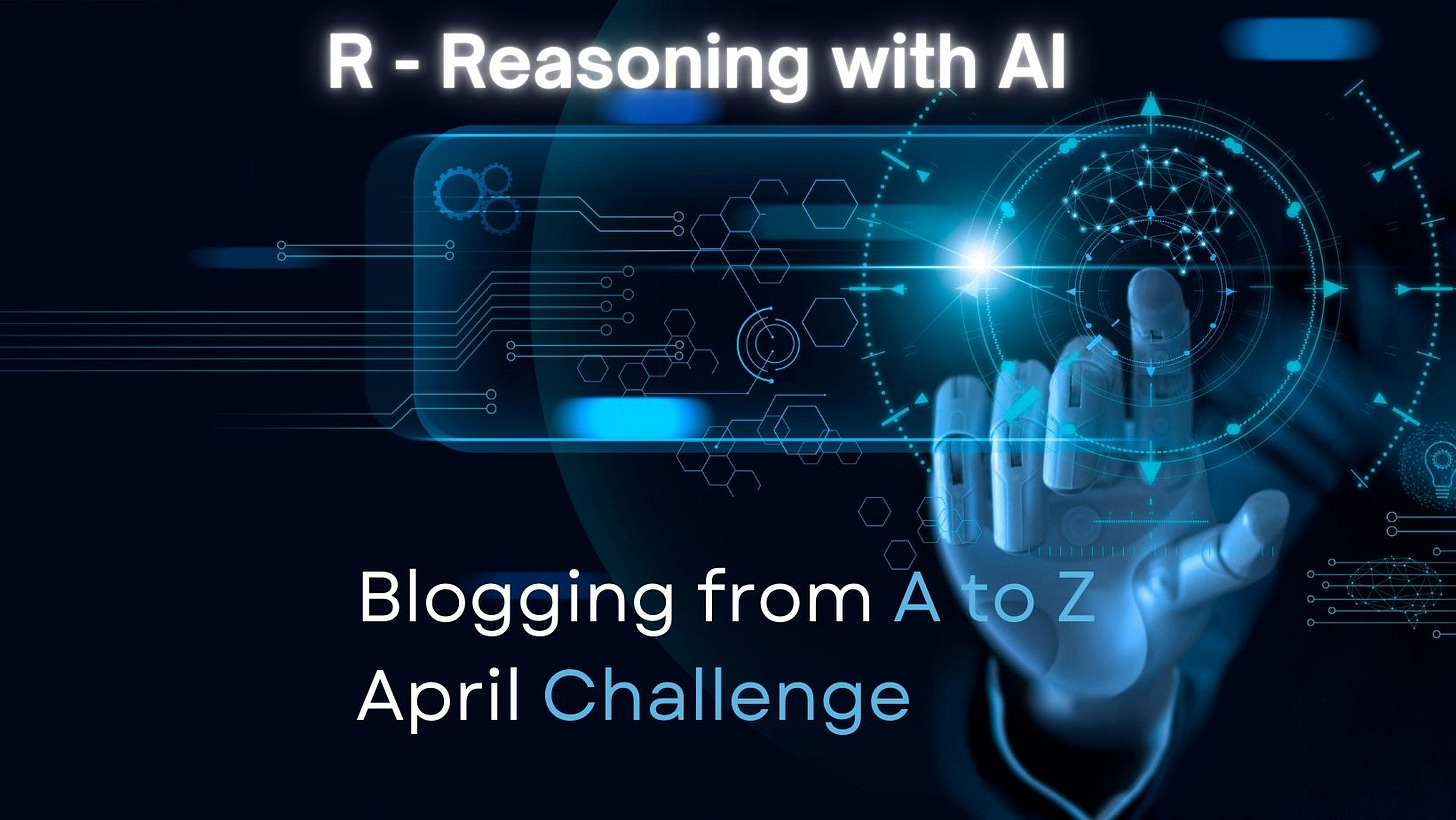



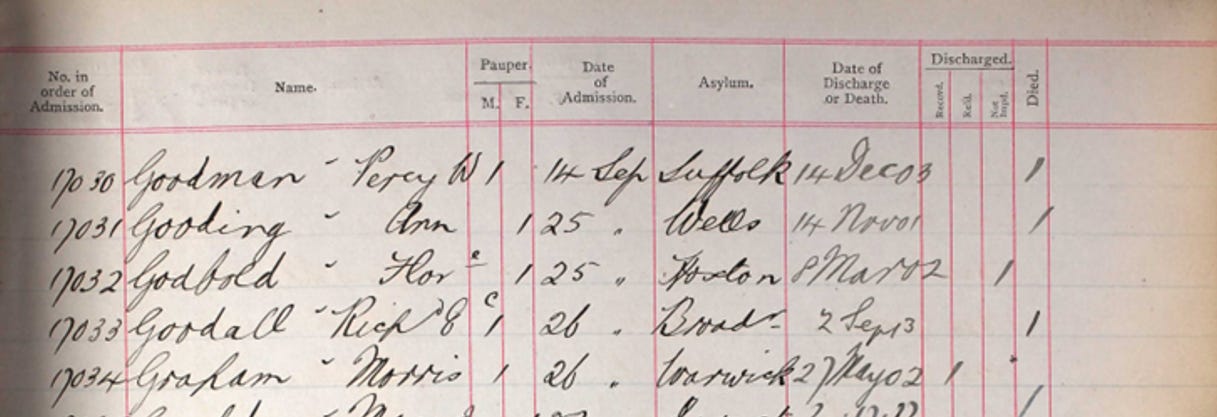

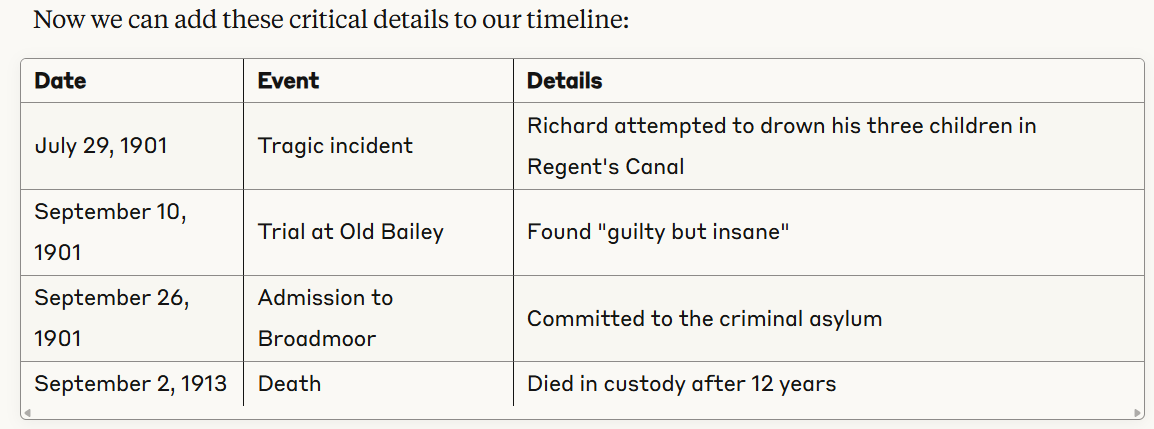

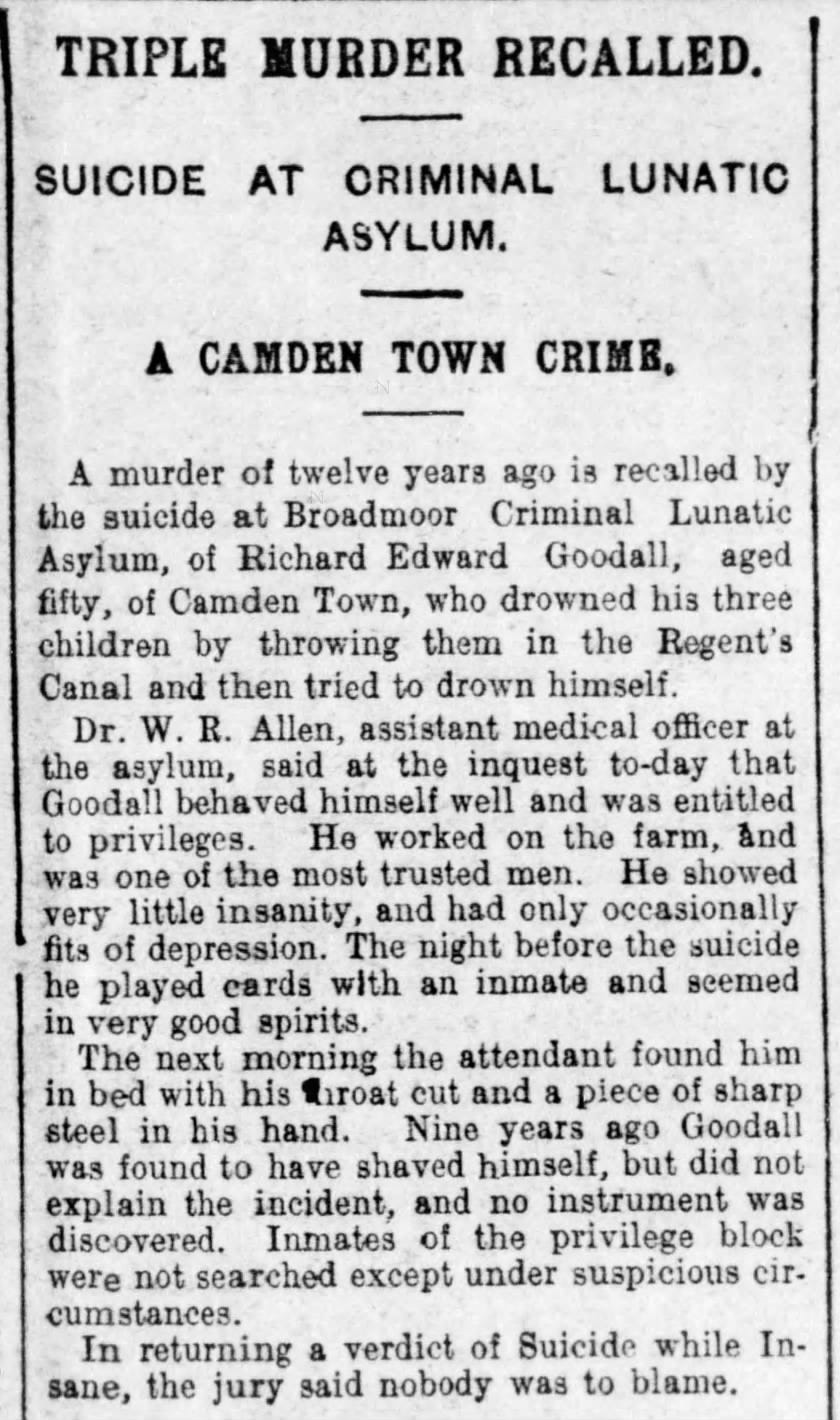



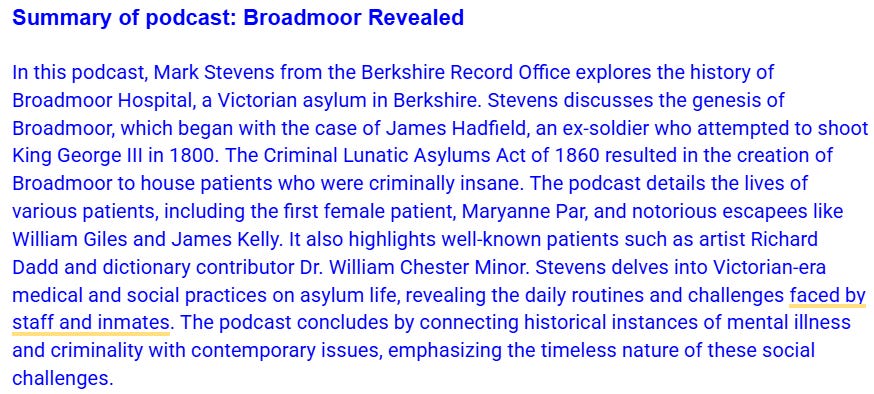



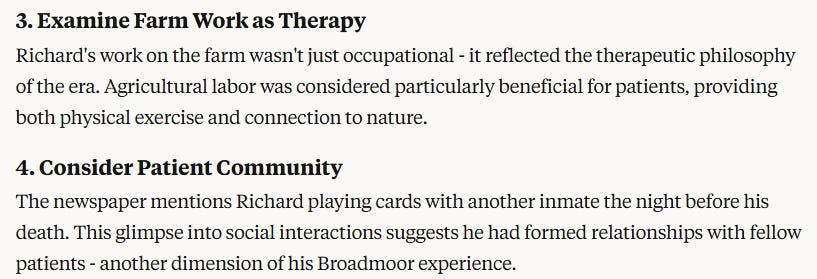


Interesting! Found you through AtoZ. I've never really considered AI uses like this. Seems helpful.